Let It Begin With Me
Posted: April 26, 2015 Filed under: Environmental Movements | Tags: Earth Day, Environmental Protection Agency, Forest Nation, Julian Koenig, Lead Mining, Litter, Missouri Stream Team, North American Amphibian Monitoring Program, Planting, Recycling Extravaganza, St Louis Earth Day Festival, Trees 2 CommentsEarth Day was celebrated last Wed, April 22nd which is its official “day” each year. Some of the other suggestions for a name that very first Earth Day were E-Day or Ecology Day. I learned about this piece of environmental history when I listened to an interesting story about how Earth Day got it’s name on NPR and learned also that April 22nd was Julian Koenig’s own birthday as well. He died last year at the age of 93. In an interview, Koenig said – “Earth Day is one of the things when my children say what did you do in the Great War, Grandpa?” I can answer “… I named Earth Day”.
Julian Koenig was an advertising executive. He is well known for the Timex ad with the slogan that “it takes a licking and keeps on ticking”. He was also an environmentalist and was part of that group that was organizing an environmental teach-in back in 1970 (Earth Day is 45 yrs old this year). The group didn’t think “teach-in” was a catchy enough name – too academic and not action-oriented enough. The group placed an ad in The New York Times and along with that name “Earth Day” helped achieve an unexpectedly massive turnout of 20 million people. Denis Hayes, the campaign’s young national director, realized in that moment “…oh, my God, we have – we’ve unleashed some powerful new force now on American life”.
With the first Earth Day back in 1970 there began to grow within humanity a more intimate perspective towards the planet. We began to see the planet as a macro living organism with systems that mirror our human body. With a new awareness at the governmental level, legislation was passed to help clean up some very dirty air quality and polluted waterways. The Environmental Protection Agency was created in the United States of America at that time to assist in clean up efforts and try to prevent future messes, similar to those we had responsibility for creating in the first place. Sadly, there are still way too many messes on this planet to yet clean up.
Both my business partner and myself “came of age” (graduated from high school) at the very beginnings of Earth Day. It was a time of idealist activism and so it isn’t any wonder that we are gratified that we can financially support our family with an environmentally friendly business. Our business participated in many, many St Louis Earth Day events back in the 1990s and early 2000s. Today will be this year’s event in St Louis at Forest Park near the Muny outdoor theater. I am grateful that the event continues to be inspirational for both making good environmental choices and in supporting recycling in general.
One of the featured events is the Recycling Extravaganza. This is being held as part of the St Louis Earth Day Festival on Sunday, April 26th. It is a collection event for hard-to-recycle items (while these are not the same materials that Yemm & Hart recycles, extending the life of all extracted natural resources is a very important purpose for recycling). Items collected at Earth Day in St Louis this year include CRTs and Flat Screen TVs (for a small fee), compact fluorescent light bulbs, Brita filters, medications (not for recycling but for ethical disposal), clothing & other textiles, building & construction hardware related items for Habitat Humanity, shoes, medical in-home care accessories, toys & stuffed animals, musical instruments as well as sheet music, and bicycles.
Within my family it isn’t good enough to simply throw things away. We also recycle everything that possibly can be recycled to keep from adding to the volume in the landfills. We have an awareness regarding this because our family business at the moment involves making new construction materials in the form of panels and sheets from recycled post-consumer plastic containers, automobile tires and industrial waste by-products. Because we live in an isolated wilderness we do not have a curbside trash pickup. We have to haul not only our recyclables into town but our non-organic, non-recyclable trash to the transfer station who then takes that refuse to an approved landfill (our local landfill having long ago reached its own maximum holding capacity). Anything that might break down in an organic manner is put into a composting pile at the western end of our back porch where its presence isn’t disagreeable to daily living.
Recently, I wrote about our family’s tree planting this year (see “Spring Planting in the Forest“). I discovered as part of Earth Day “global” this year that there is the Forest Nation event – “Pledge to Plant for Earth Day”. They say on their website – “It’s an old Native American tradition that when you take something from the Earth you must put something back. Earth Day 2015 will be a global Give back to Earth event, as an offering for all that the planet gives us.” This is our perspective as well – not just for Earth Day, not just for this year, but for always. We are in a multi-year cycle of harvesting trees (logging) for the purpose of enhancing the health and vitality of our forest. We have received expert advice to guide us from our state’s Dept of Conservation forester as well as enlisting the services of a professional forester to create a forest management plan for our farm. We are also in a multi-year reforestation project to return the open fields that were previously row-cropped or used as pasture for livestock grazing back into forest. We have planted many, many more trees than we are likely to ever harvest in our logging cycle. It will be at least 25-30 years before another such cycle will take place on our land.
I just wanted to highlight for this week’s blog that every person can do some small thing to make a positive impact on the quality of life on this planet. Our family participates in stewarding our local stream as a group that signed up for the Missouri Stream Team program in it’s very first year. Every year, we do 3 runs of 10 stops on each run, to listen to the breeding calls of frogs and toads as part of a state and national effort to monitor this environmentally fragile species. My family also picks up litter along our county dirt road that other residents and their visitors traverse. We have found that visibly picking up trash has resulted in less litter being pitched out over time. I suppose our efforts have some subtle or direct impact on the neighbors who drive by as we are picking the trash up and one can hope they are restrained by realizing that litter thrown out just makes more work for us. If I don’t want to come home with litter, I will even pull into a quick shop somewhere to throw it away in an appropriate receptacle. Our now deceased deaf uncle once taught us that litter on the ground attracts more litter. It’s like “oh look, there’s so much there already, a little bit more won’t matter”.
I know that creating a cleaner earth is the responsibility of each and every individual and that it is also the responsibility of corporations. They are sometimes myopically focused on increasing profits, raising executive salaries and keeping the stockholders happy. Those of us ordinary people who care about the environment must hold their corporate feet to the fire as they do not always feel such responsibilities naturally. So support your favorite organization doing this crucial work and make your voice heard.
We’ve had clean-ups here locally of the tailings from lead mining that were stupidly put onto residential land. I think that there were emissions that also rained down in the vicinity of the lead mines so that the yards at these homes have had to be removed and replaced. Such is the legacy of mining that led our region to be declared a SuperFund site. There has also been extensive testing of the children to check for lead poisoning here in our county as well. Fortunately our yard and our children are lead-free !!
We each have many opportunities every day to make a higher quality choice. Often we have a wide range of choices at any given decision point. It is important to stay well informed about environmental issues so that you are as free as possible of misconceptions and also don’t add to the suffering of other people by your actions. If I see some small thing that wI can do that would enhance a better quality of Life in the world going forward – I should just do it. I hope you will see that you can do some small things as well that will add up to big results of a positive nature over time.
~ Information Resources
“Julian Koenig, Well-Known Adman, Named Earth Day” broadcast on NPR on April 22, 2015 – http://www.npr.org/2015/04/22/401540530/julian-koenig-well-known-adman-named-earth-day
St Louis Earth Day Festival
http://www.stlouisearthday.org/
Recycling Extravaganza at St Louis Earth Day
http://www.stlouisearthday.org/events/festival/rex/
Pledge to Plant for Earth Day
http://forestnation.com/earth-day-tree-planting/
“Spring Planting in the Forest” – posted at What’s New in Eco-Materials on March 22, 2015 at http://wp.me/p3XHLm-dP
Missouri Stream Team – http://www.mostreamteam.org/
North American Amphibian Monitoring Program – https://www.pwrc.usgs.gov/naamp/
***
Blog author ~ Deborah Hart Yemm is co-founder of
Yemm & Hart, a green materials producer
***
The Good, Bad & Ugly Perceptions About Plastics
Posted: December 1, 2013 Filed under: Plastics | Tags: Balance, Litter, Perceptions, Plastics, Reality, Recycling Leave a comment
Most people are NOT as conflicted about glass, aluminum and paper, in quite the ways they are generally very conflicted, about the pervasive presence of plastics in modern life. We depend upon plastics to support our family, and we LOVE LEED, and we are not the norm, at least for the plastics industry. Actually, we are a bit out of the box, while being every bit as professionally oriented as any good business should be. We fall through a lot of cracks and for good reason.
Plastics gets bashed a lot. I even bash it a bit here. For example, the McDs coffee cup blog. Or the Green Globes fiasco blog. We aren’t aligned with “big” plastics, etc; but we are grateful that plastics help support our family. We are supported because we extend the life of natural resources that have already been extracted by recycling them into quality new materials for the building construction industry. We were always environmentalists but our entry into the recycling business sphere was timely, and for that we are grateful; because in our earliest boot-strap days, we got a lot of free publicity simply because we were doing a positive thing.
I do agree with one commenter on a blog by Paula Melton, managing editor at BuildingGreen Inc about the current LEED/Green Globes controversies on LEEDuser.com, when he states – “Supporters of green building, no matter their rating system of choice, should work together. After all, the next step by our erstwhile politicians will be to ban all green building rating systems!” We didn’t create LEED but we definitely have made it through one of the toughest economic cycles since the Great Depression, thanks to meeting specs and providing points to users of our material, in conjunction with their LEED certification attempts.
Actually, I am a middle-way kind of person. I know that most people are not truly evil and any business or corporation requires human inputs. And I think most people do the best that they can most of the time and sometimes they do really bad things in their own self-interest or because of some extreme stress or need. We all have to apply a lot of discernment and consider possible agendas with information that inundates us daily in our modern lives now.

Without a doubt plastic bags, such as one gets when shopping, and plastic bottles such as water and soft drinks are packaged in, represent challenges for our modern society. It is precisely because we recognize that, that we are grateful to be one “solution” to a huge issue. Not the whole solution and not the only solution by any means. One concern about plastics is that they come from petroleum production and there are not infinite sources of that resource. It took a very long time to create what oil we have and we are using it at a much faster rate than it could ever be realistically replenished. It doesn’t take a genius to realize there is some point when the resource may be less available. One bright spot is the development of plant based, biodegradable plastics. Yay !!
Recently, Plastics News (Nov 25, 2013 issue) highlighted the Global Plastics Summit. The Director of Recycling and Diversion at the Society of the Plastics Industry, Kim Holmes, was a balanced presenter at that event which took place in Chicago Nov 4-6, 2013. Only 3 slides into her presentation, she was acknowledging the “ugly” side of plastics. Pictures of plastic littering a beach, plastic bags caught in trees, plastics in a trash can, greeted attendees. I get it, just recently on Thanksgiving, someone’s bright yellow plastic shopping bag was decorating our dirt road (no, it was NOT our plastic bag carelessly allowed to blow away !!!)
Without a doubt, plastics suffers from a public perception problem when it comes to sustainability and happy acceptance. There is simply a lot of media driven attention on all the bad images, similar to what I just shared as well. Plastics have become a symbol representing the whole “throwaway society” mentality that many of us recognize is not sustainable. Wall-E anyone ? UCLA professor Maite Zubiaurre has considered the effects of such portrayals. “In ‘WALL-E’, you have an opportunity to enjoy a landscape that you would in reality never enjoy. It’s the hygienic experience of terror and dirt. It’s like the fun of playing with dirt without the danger.” I understood the seriousness behind the fun of Wall-E. Prof Zubiaurre contrasts the Hollywood version with a reality version and challenges her students to dive deeper.
It is also true, from our own limited experience as recyclers, that if plastics are properly managed at the end of their original life cycle, they offer to society benefits similar to what they offer our own business. There are a whole bunch of sustainable benefits, longevity being one of them. Bluebird houses that we made over 20 years ago of recycled plastic are still usable, whereas wooden bluebird houses that we put up only a decade or less ago are totally deteriorated.
Kim Holmes, in her recent presentation pointed out that – “Scrap plastics, when they are reprocessed, become an important input for the manufacturing sector”, and even if they can’t be mechanically recycled, they may still represent an opportunity for “energy” recovery. All of this without extracting a single new barrel of oil.
I have found, as Kim Holmes also notes – People “feel kind of good about their ability to recycle” (glass, aluminum and paper). “It’s a good, tangible thing that people can do for the environment.” There is a real business case to use recycled resins in manufacturing processes – they generally behave almost identically, compared to virgin resins. There can be color issues, we can’t overcome them in “natural”, un-colored forms, but we also do use plastic colorants and achieve equal colored results in using 100% post-consumer resin feedstocks, to what we would accomplish with virgin plastic resin.
The average person can help expand the use of recycled plastic resins by always asking for and looking to find recycled alternatives to the usual plastic products. For our business use, we lock up approx. 2,100+ plastic bottles in a single 5′ x 10′ panel that might be the wall in the next public restroom stall you personally use. That is a very good thing !!!
***
Blog author ~ Deborah Hart Yemm is co-founder of
Yemm & Hart, a green materials producer
***



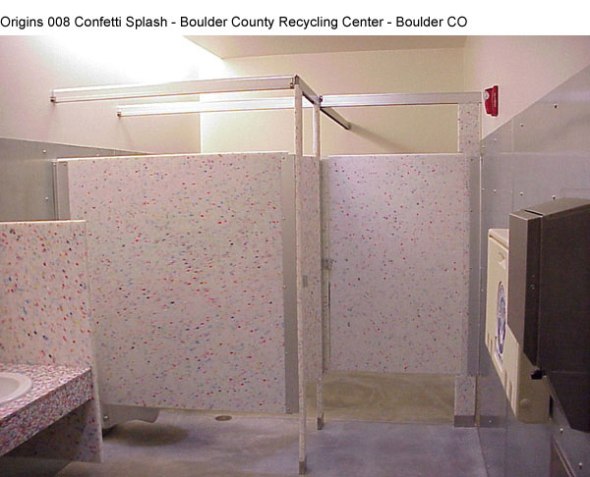
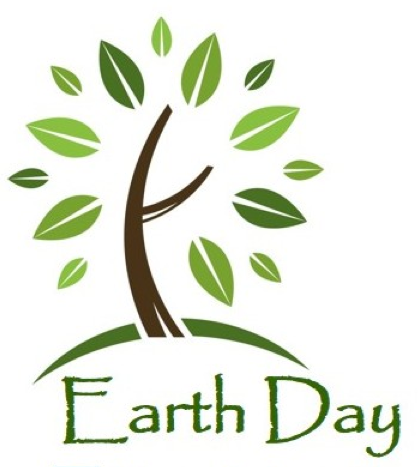
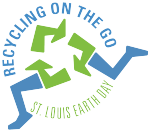
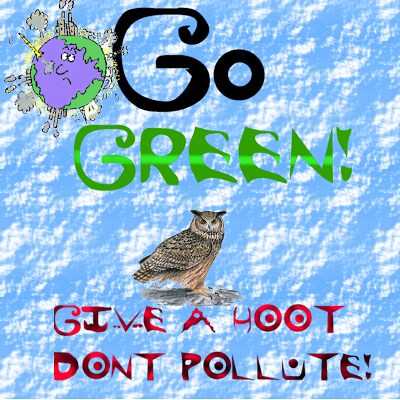
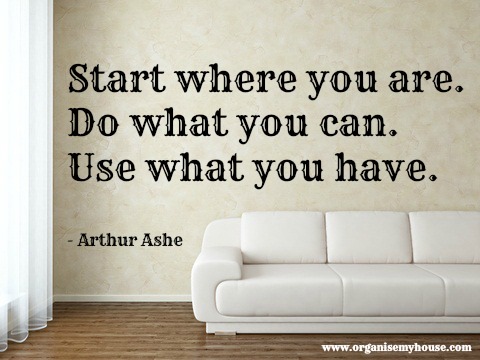


Recent Comments